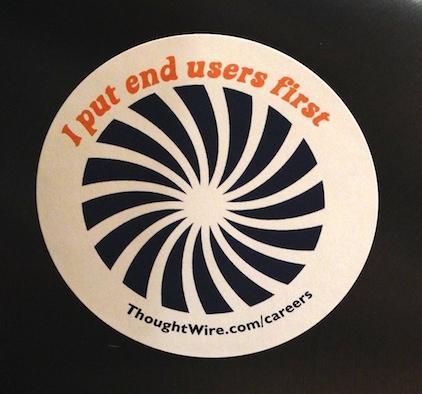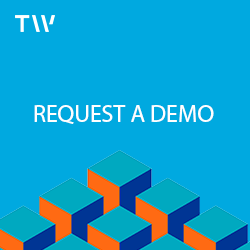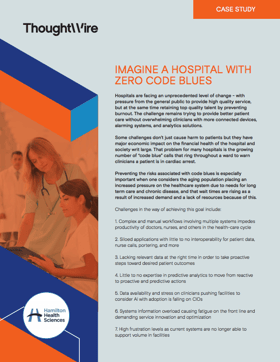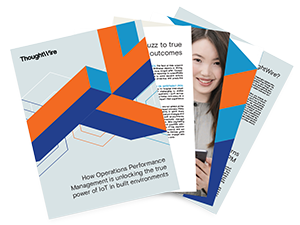
Our amazing senior solution architect, Jason O’Neill, came up with the slogan on this sticker as part of preparing for a recent job fair. The sticker was a hit and the ThoughtWire team had a blast talking to a great group of students and recent graduates. This is such a fitting slogan that I wanted to explain why I think it is so appropriate for our people, our company and the ThoughtWire platform. It might seem obvious that software companies should put their end users first, and I think for consumer applications it is often true. But in the world of enterprise software, where ThoughtWire is making a mark, it is more accurate to say that software companies put the customer first and the customer and the end user frequently aren’t the same.
Customers for enterprise software are, usually, the enterprise itself. The people who use the software are the people who work for the customer. It’s a subtle distinction, but it can have profound implications on the design goals for a product. I saw this difference first hand when I worked in structured information management. The product had stirling virtues that were much appreciated by the enterprise: information reuse, quality, standards adherence and better visibility of important metrics across the enterprise among them. Usability and polish were not high on the priority list. On a cost benefit analysis polish mattered not one whit to the enterprise, because the other benefits so vastly outweighed any slight inconvenience experienced by the authors. The end users – the document authors – perceived more than a slight inconvenience and job satisfaction and compliance were negatively impacted. Clearly the customer and the user were different and while their goals weren’t actually in conflict, their differing priorities caused a level of incompatibility.
Healthcare IT is not immune – the benefits to the enterprise are achieved through information availability, metrics, data analytics and other goodness that is independent of the effort required to use a particular software application. Healthcare professionals use many complex systems to do their jobs. The applications that people use are clearly helping the organization but are not well aligned with the needs of their users. There’s an interesting article about a recent study of this gap done in the US.
Resolving this gap is a challenge because organizations, whether a hospital or a bank, have invested in these systems for good reasons and the investments are usually amortized over decades. More importantly it’s not clear that replacing the systems (at huge expense) would improve users lives very much, the same incentives that created the mismatch in the current system would be at play in any replacement.
Clearly these applications are not putting end users first, and to some extent, they’re right. End users aren’t their primary concern, customers are their concern; the hospitals, banks, governments and other organizations that need whatever capability the software offers. Who then speaks for the user? Who considers their interests alongside those of the system, or even worse, dozens of systems, that they have to use?
We put end users first.
That’s why I like that slogan, because we really do. Our goals are really clear: to make the end user better in every interaction. Our people are eager to engage with individual users, understand each work process and see the skillful work-arounds for the practical problems users face each day. Our process prioritizes creating working solutions quickly then refining our understanding of the problem working side by side with users.
ThoughtWire’s incentives are aligned with the both the customer and the end user because we don’t replace existing systems, we enhance them. That’s the crucial difference that allows ThoughtWire projects to escape the incentive trap that can marginalize the needs of the user. All of the goodness that enterprises’ need from their applications remains in place because we don’t change or replace those applications or the user’s relation to those applications. Controls, data quality, reporting, metrics, security, data analytics, audit and other aspects of the systems continue to deliver their value to the enterprise. The ThoughtWire Agent ensures that all of the requirements of those systems continue to be met and allows us to focus on improving the users’ experience of getting their work done.
We believe that there’s a role for a new actor focused entirely on helping the user. Something that is aware of the user's’ goals, can take advantage of context to stay informed about progress, knows the systems used for each task and understands the information needed to use them effectively. That actor has to be able to use the same systems that people use while at the same time reaching into layers of functionality and information that are inhospitable to users. The ThoughtWire Agent is that new actor. It makes the users’ work easier while taking advantage of their skills, ability to handle ambiguity and uncertainty, make decisions and add value.
And perhaps most importantly, it puts users first.






